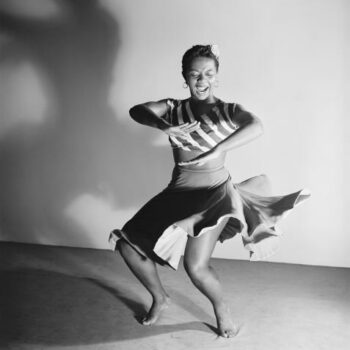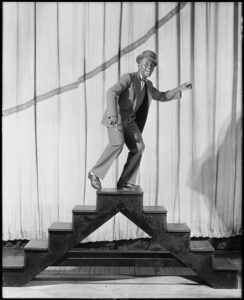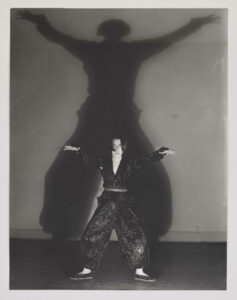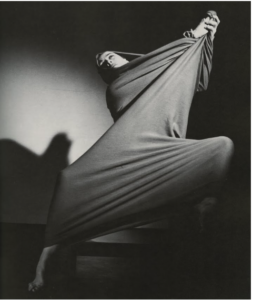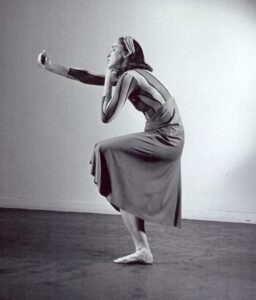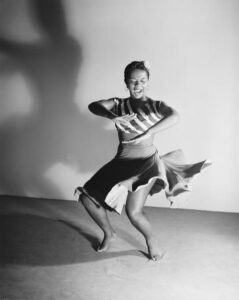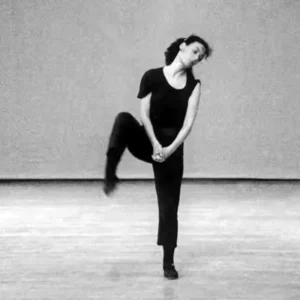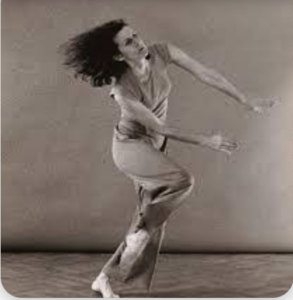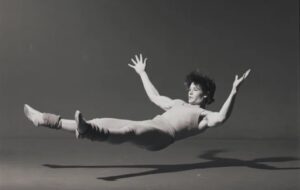I’ve seen so many too-long performances lately that I’ve gained renewed appreciation for short, impactful dances. Mentally thumbing through dance history, I came up with ten short solos that make an indelible impression in under eight minutes. Most of them were created to stand alone, without a surrounding context or other dancers. Some have been reconstructed or imitated ad infinitum. They all have endured through time, remaining powerful even when seen in third-generation form on the Internet.
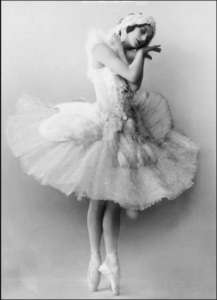 The Dying Swan (1905), Michel Fokine’s solo for Anna Pavlova.
The Dying Swan (1905), Michel Fokine’s solo for Anna Pavlova.
“The dance was composed in a few minutes. It was almost an improvisation. I demonstrated for her, she standing behind me. Then she danced and I walked alongside of her, curving her arms and directing details of the poses… This dance aims, not so much at the eyes of the spectator, but at his soul, at his emotions.”
—Michel Fokine, Memoirs of a Ballet Master
Click here to see Nina Ananiashvili’s rendition at Jacob’s Pillow in 2010. If you asked Nina how she got her arms to be so liquid, she would joke and say she’d take out all the bones of her arms before performing this dance.
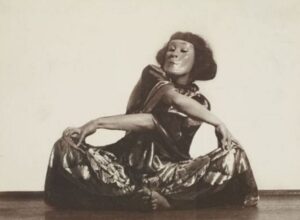 Hexentanz (1914 and 1926), by Mary Wigman, projecting her inner demons. She happened to see in the mirror “one possessed, wild and dissolute, repelling and fascinating. … She was—the witch—earthbound creature with her unrestrained, naked instincts, with her insatiable lust of life, beast and woman at one and the same time.” —Mary Wigman: The Language of Dance, 40–41
Hexentanz (1914 and 1926), by Mary Wigman, projecting her inner demons. She happened to see in the mirror “one possessed, wild and dissolute, repelling and fascinating. … She was—the witch—earthbound creature with her unrestrained, naked instincts, with her insatiable lust of life, beast and woman at one and the same time.” —Mary Wigman: The Language of Dance, 40–41
Check out this fragment of Hexentanz.
The Stair Dance (c. 1918) Bill “Bojangles’ Robinson, developed over time during Vaudeville.
“Instead of going straight up the stairs, Robinson milks the drama of hesitation, ascent, and descent. … It’s the drama of rhythm against constraints. Like a ragtime pianist syncopating an even march or a jazz soloist bringing a melody to the edges of recognition, Robinson shapes the standard into the new by pushing at it from inside.”
—Megan Pugh, American Dancing: From the Cakewalk to the Moonwalk
Check out the clip of his Stair Dance in Harlem Is Heaven (1932).
Pizzicati (1916), by Michio Ito, also called The Shadow Dance. Music by Delibes. Simple, forceful moves by Ito projected as a huge shadow, reminiscent of either a puppet or a dictator and described as having a “mystifying power.”
“A slim black figure silhouetted in startling relief against an enormous gold screen dominated the Rose Bowl and held the crowd of five thousand people spellbound and silent.” (reviewed in 1929, quoted by Caldwell, 88).
Lamentation (1930) by Martha Graham, to music by Kodály.
“Martha in Lamentation showed you the total, agonized lamenting of…all humans who had experienced loss and with it, unbearable anguish.” —Walter Terry (quoted in Martha Graham: Choreographer of the Modern, by Neil Baldwin)
Click here to see Graham herself in this dance.
Harmonica Breakdown (1938) by Jane Dudley to music by Sonny Terry. The solo woman’s figure strides with fierce determination, evoking the effects of grinding poverty in a succinct, powerful composition. She’s struggling against the obstacles while also expressing glimmers of hope or pleading. But mostly, it’s a grim feeling of constant striving.
Here’s a Vimeo clip of excerpts of S. Ama Wray performing it, with commentary by Jane Dudley.
Strange Fruit (1943) by Pearl Primus, danced to the eponymous poem by Lewis Allan aka Abel Meeropol.
“The dance begins as the last person begins to leave the lynching ground and the horror of what she has seen grips her, and she has to do a smooth, fast roll away from that burning flesh.” —Pearl Primus, “Five Evenings with American Dance Pioneers,” 1983
Click here for the rendition performed by Dawn Marie Watson of Philadanco.
Trio A (1966) by Yvonne Rainer, originally created as a trio section of The Mind Is a Muscle, this piece is iconic not for its entertainment value, but because it embodies Rainer’s series of refusals at the time: rejecting eye contact with the audience, dynamics, contrast in tempo, structure through repetition.
This film, produced by Sally Banes in 1978, has Rainer performing it twice.
Water Motor (1978) by Trisha Brown, a 2 ½ minute swooping sequence that allows you to see—if you don’t blink—the initiation and follow through of Trisha’s extraordinarily fluid movement chains. She choreographed it meticulously to have the look and feel of improvisation. In her memorial piece on Trisha Brown, Deborah Jowitt referred to the “explosively careering Watermotor.”
Here’s the famous Babette Mangolte film of Water Motor, with an aftermath of slow motion. (The title is spelled with either one word or two.)
(Thanks to Lois Greenfield for the this photo and the next one.)
Caught (1982) by David Parsons, astounding illusion of an airborne solo, created by strobe light and incessant jumping. As Jowitt wrote in Artsjournal.com, this solo “shows us, via meticulously timed flashes of strobe light, a dancer who can appear to fly.” Click here for a YouTube of excerpts.
What short solos would you add to this list?
Featured 18
